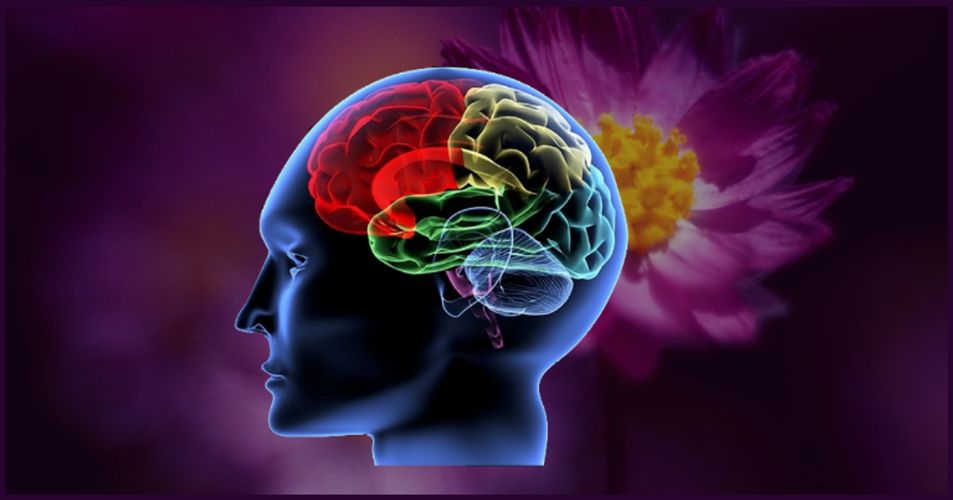The brain loves patterns.
The brain loves what is familiar.
The brain doesn't like change.
Why does this matter? Because every moment of every day is an opportunity to grow and learn. If we don't understand how the brain works then we have a disadvantage in life.
We will be less happy and less fulfilled.
Neuroscience now shows us that our implicit memory system (think muscle memory) influences us up to 95% of the time in our thoughts and decisions. (Stanford University, Dr. Bruce Lipton)
What that means is we are on autopilot and don’t realize it.
This is good news, as long as our early life adopted patterns were positive ones. For most of us, that is not the case. In my experience, I’ve never met another human who would not like to change a habit or two.
How do you identify an unconscious pattern?
First, think in terms of habits or beliefs.
The implicit memory system is the host of all of your memories and beliefs you have developed since birth.
Once you identify our habits or beliefs you can change them.
A quick way to do this is to look at the results you are getting.
Then ask yourself, “how am I contributing to this outcome?”
In the beginning, you may get back answers like…
“Well sometimes I don’t feel I’m good enough…” or
“I’m afraid to do “x” and that causes “y”” … or
“I’m not good enough…” or
“I’ve been burned before so why should I trust them!…”
and so on.
If you practice this question, “How am I contributing to this?”, enough times, you will clearly see how your unconscious mind (implicit memory) is influencing you...
...outside of your awareness.
And now I want to share with you a way to change your memory system so it defaults to more of what you want.
One pattern I’ve conditioned myself to use every day is to pause and feel into my body and notice where I have resistance.
I first have to acknowledge I'm resisting before I can change it.
Once I acknowledge I’m resisting or clamping down on fear, I can choose to relax into what I want to learn…even when I don’t quite know how I will get to the desired end result.
At the moment I notice the negative behavior, and instead of feeding the fear, I pause and ask myself what I do want the experience to be like.
In using this technique, I’m pulling the plug on fear-based strategies and being more conscious or on purpose for what I want to create.
The important point to remember?
“Soften” into your experience. Avoid old fear-based strategies like clamping down or using protective-defensive language.
I recently worked with a client who was experiencing intimacy issues. Her block showed up as pressure to perform when her husband wanted intimacy (sometimes sex sometimes cuddling).
First, we identified where in her body does she feel the resistance. Then we identified where in her body does she feel empowered and good with her feminine self and sexuality as the adult woman.
Once we established what both of those perspectives felt like, we practiced going back and forth between the two so the brain could separate them out.
Her homework was to practice acknowledging the fear-based insecurity when it showed up but to not give it much “air time.”
After she acknowledged her fear, her job was to practice feeling where the empowered woman was in her. Once she got in touch with those feelings, her next steps were to take action towards her partner to magnify that feeling.
The end result is more intimacy and promoting a memory system that encourages empowerment rather than fear.
Take a moment right now and name your fear or insecurity that is holding you back from something important to you.
Where do you feel it?
What do you want instead?
Do you have a previous positive experience of ever having that?
Focus on the empowering experience and notice what changes in your body.
When you practice this way of being in your body you are rewiring your brain in the fastest way possible. I often tell people it’s not enough to simply say what you want – you have to feel it speed up and “lock in” the change.
What are your thoughts or questions about this article? How will you use it today?
Please share so it encourages others to learn as well.
Be sure to comment below and share this post to your favorite social network. It helps others to learn and grow which makes the world a better place to be.





















